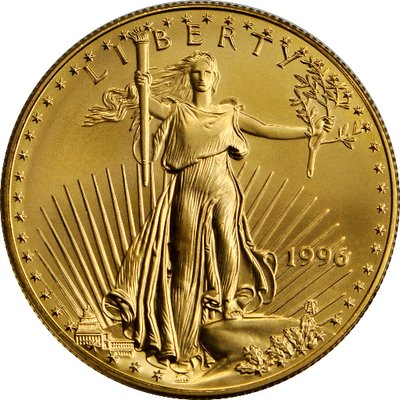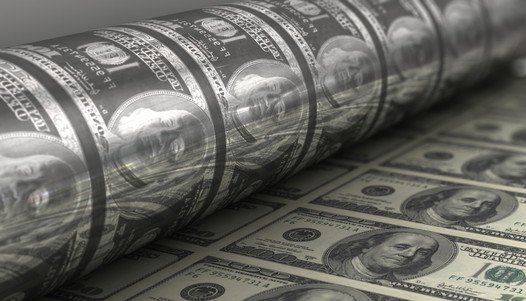How is money created? [explained in 199 words or less]
To start the money creation cycle, governments issue bonds. The central banks (like the FED and ECB) then buy those bonds with money they create from thin air. The way to do that is easy, the central bank just credits an electronic bank account with the corresponding amount. This is how what is called "base money" is created. The governments can now spend the money in that account.
When governments spend this money, it will flow into the economy. People and organizations receiving the money, can make deposits in their bank accounts. This is where banks can issue new loans using those deposits. To issue a loan, the bank only needs to hold a small fraction in reserve (about 10%). For example, a 1000 Dollars deposit will allow a 900 Dollars loan. The funny thing is that the borrower of this 900 Dollars can deposit the amount in his bank account, which in turn could issue a new loan of 720 Dollars! This so called “Fractional Reserve Banking” heavily increases the money supply.
So in essence, money always is linked with some loan. And when all loans would be paid back, there would be NO money left. None whatsoever!
"Financial Liberty comes from decentralization"

Golden @ https://twitter.com/Goldenized1
